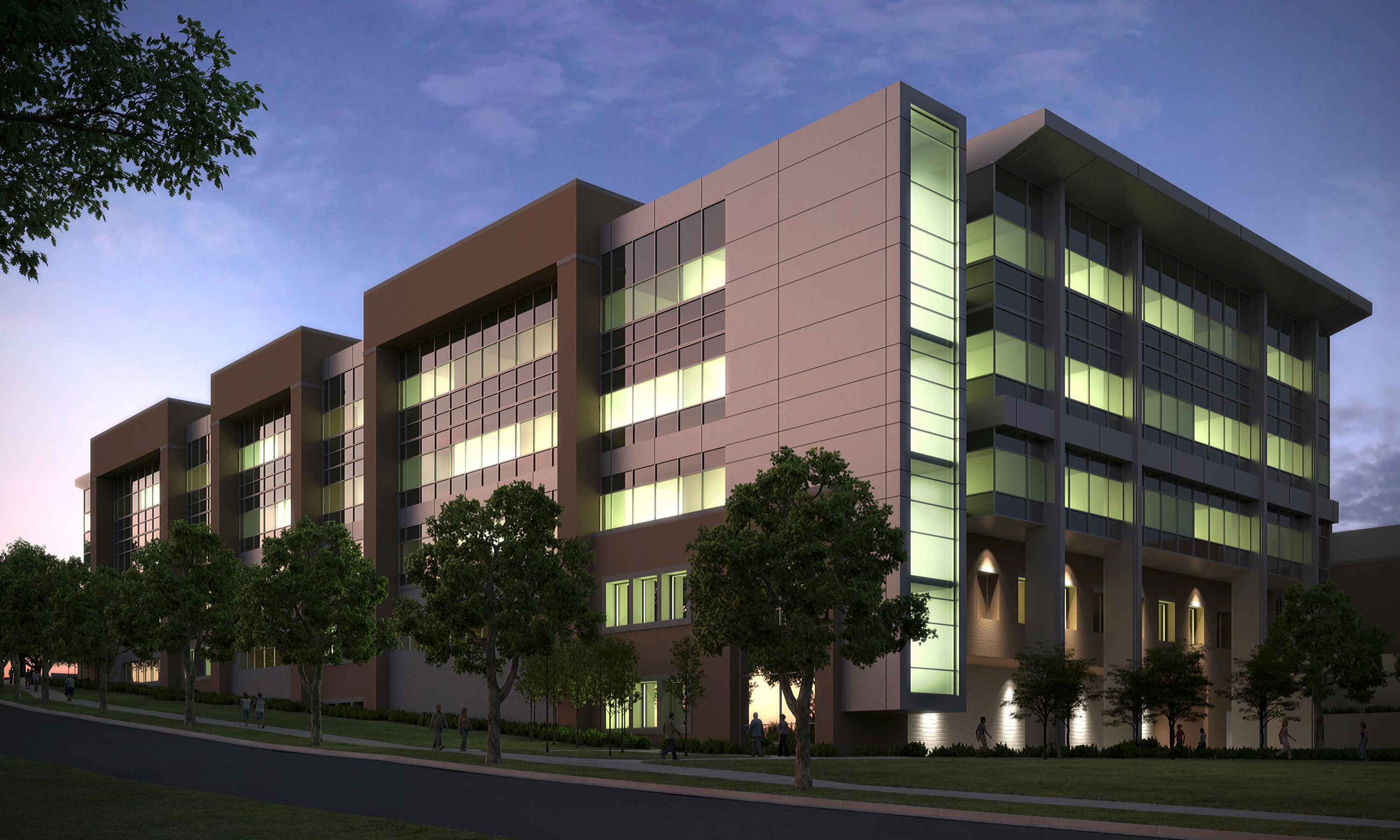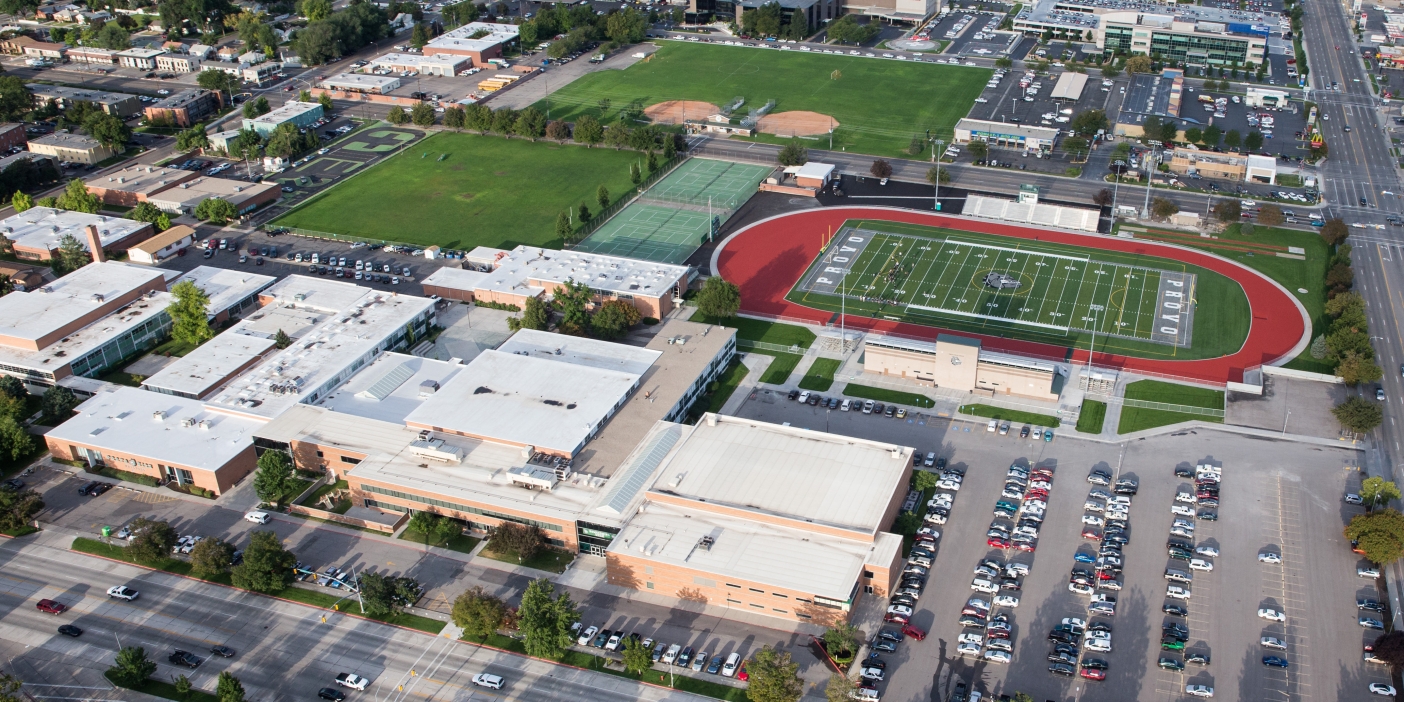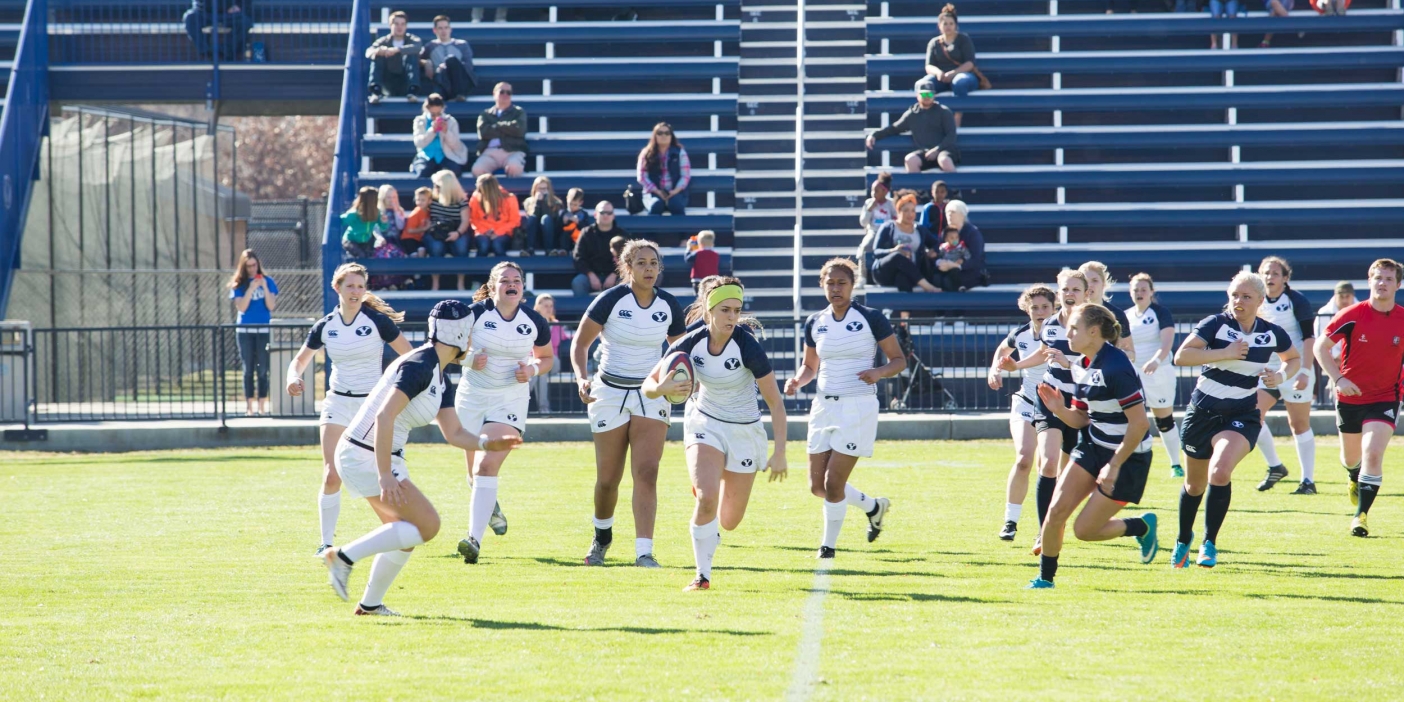In October 2015, three years after the BYU Board of Trustees approved fundraising for the new engineering building, President Kevin J Worthen (BA ’79, JD ’82) announced that the $80 million needed for the project was in the bank.
All money raised to construct the building came from donations. Nearly 18,000 BYU alumni and supporters chipped in—some of BYU’s own campus entities among them. The BYU College of Life Sciences, Department of Continuing Education, and Print and Mail Services made substantial donations.
“Those of you familiar with higher education know that this doesn’t happen very often, when one college comes forward and says, ‘What we would really like to do is use some of our funds to help construct a building for a different college on campus,’” Worthen said at the May 9 groundbreaking. The fundraising process, he said, “really is an example of how consecration happens and how it becomes contagious.”
Alan R. Parkinson (BS ’77, MBA ’03), former dean of the Ira A. Fulton College of Engineering and Technology, who helped oversee the building’s planning and fundraising, also expressed gratitude for the generosity of those who gave: “It’s our hope that the ability of the building to contribute to the education of our students will be commensurate with the sacrifice that was made by so many donors.”
Building Highlights
On May 9 BYU broke ground on the new engineering building, a glassy, 200,000-square-foot structure that will cascade down the hill where the Knight Mangum Building once stood, connecting at the top with the engineers’ current home, the W.W. Clyde Building.

It is much-needed space for the Ira A. Fulton College of Engineering and Technology: when the Clyde Building opened in 1974, the college housed 1,400 engineering students. Today it’s home to 4,000. Perhaps more important, the building, scheduled for completion by fall 2018, will be a five-story conduit for collaboration.
With a retractable glass wall, the building’s events center will be a flexible space, capable of accommodating gatherings large or small.Centered on the main floor but extending onto three other floors, the Fritz B. Burns Student Commons is designed to be a hub where engineers can study, relax, and run into each other.The first floor’s Student Innovation Center will be creation central, complete with computer-design facilities, an extensive prototyping shop, project bays, and more. It will be observable from the Engineering Commons above.For students interested in the automotive industry, there will be a specialized project space: the Motor Sports Studio, home to BYU’s award-winning SAE-formula-hybrid, mini-Baja, supermileage, and electric-streamliner teams.The Student Organization and Club Commons will provide handy office and storage space for many of the student organizations and 40-plus clubs affiliated with the college.












